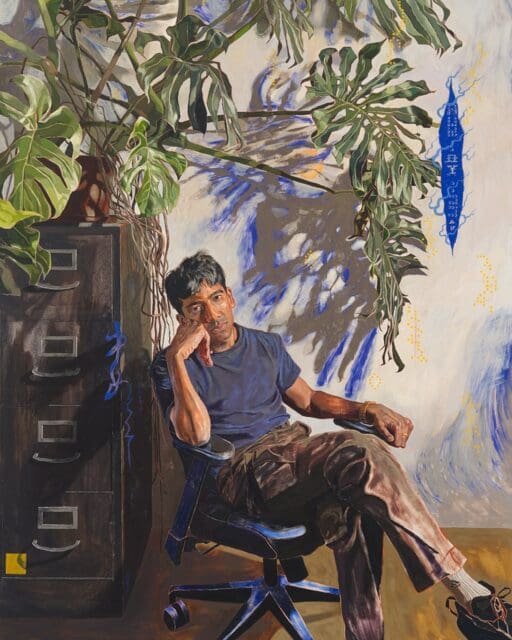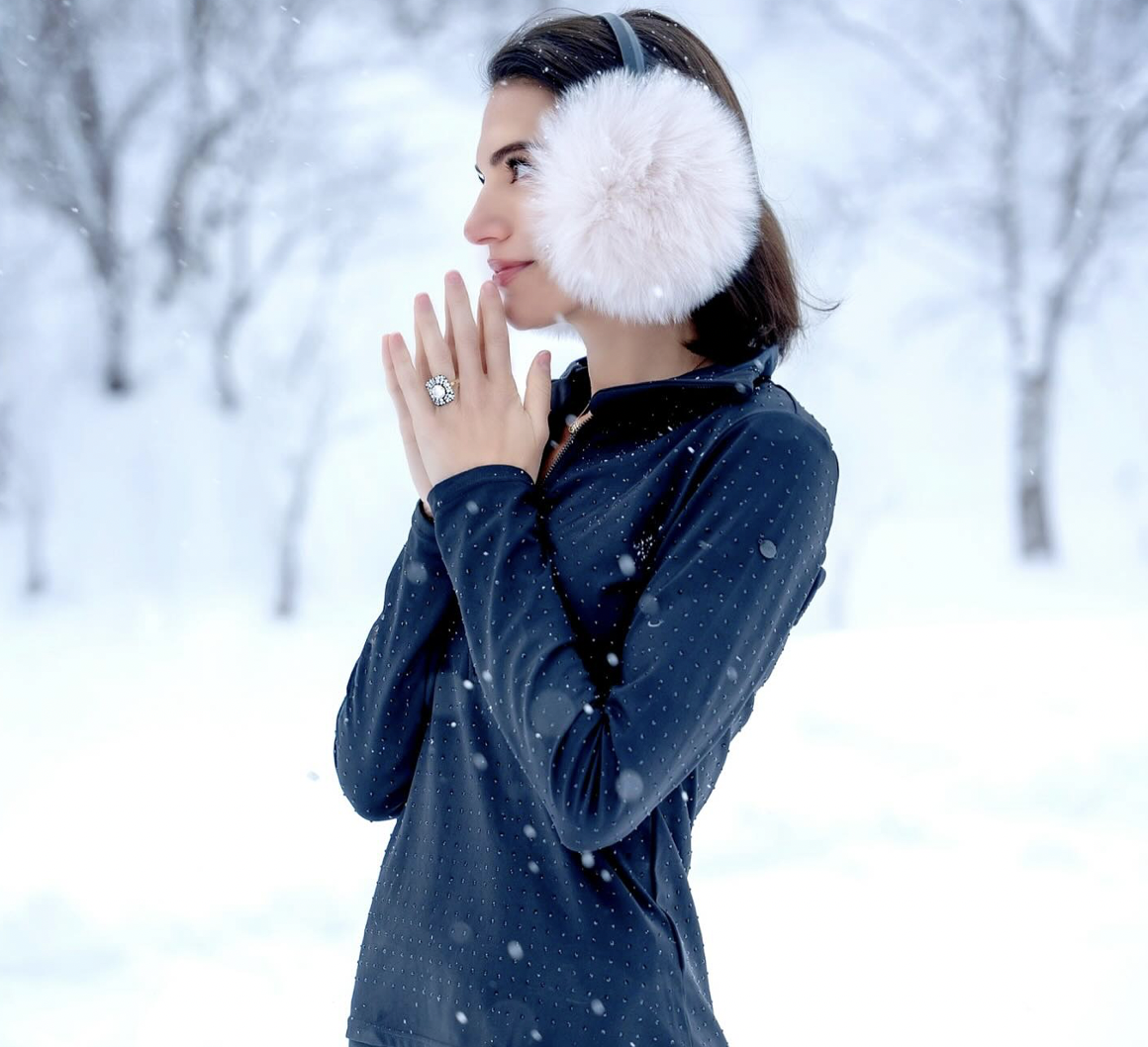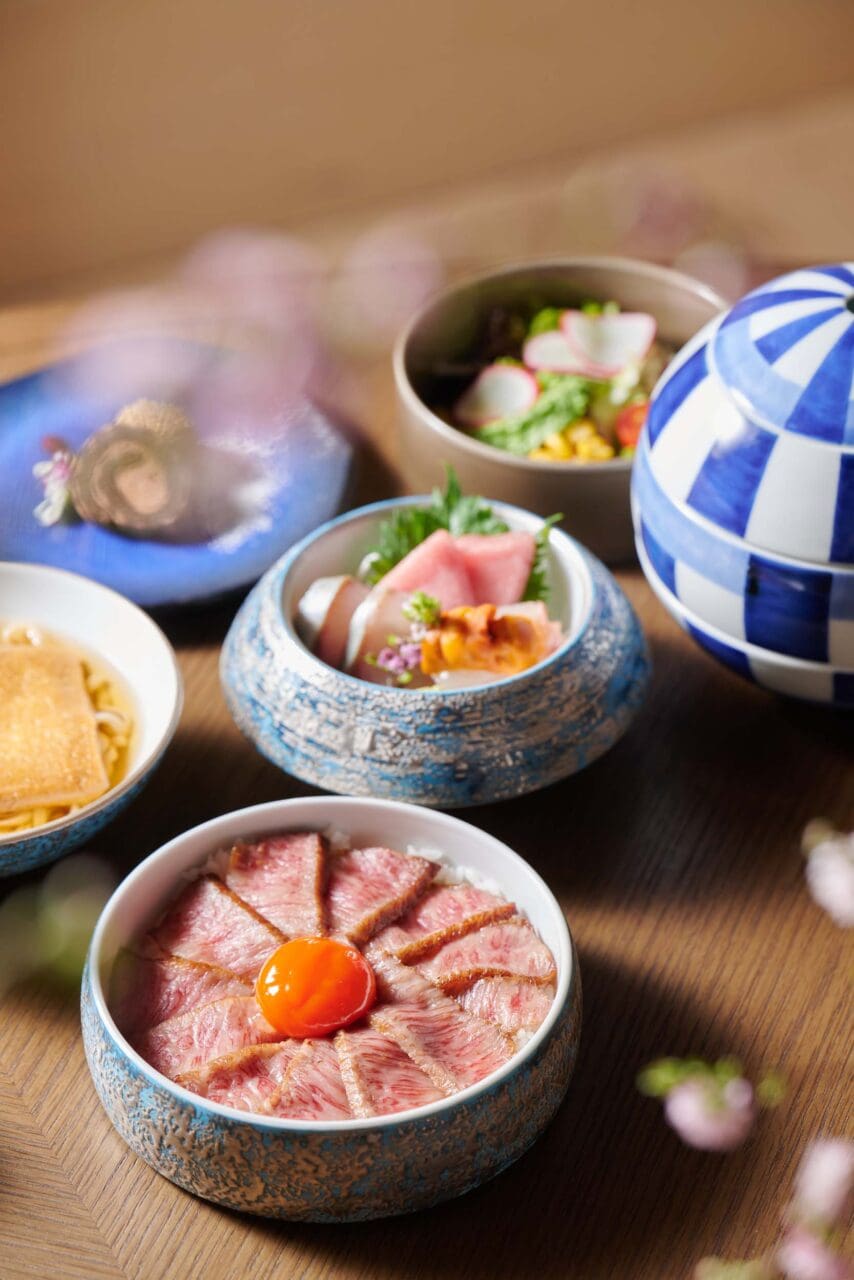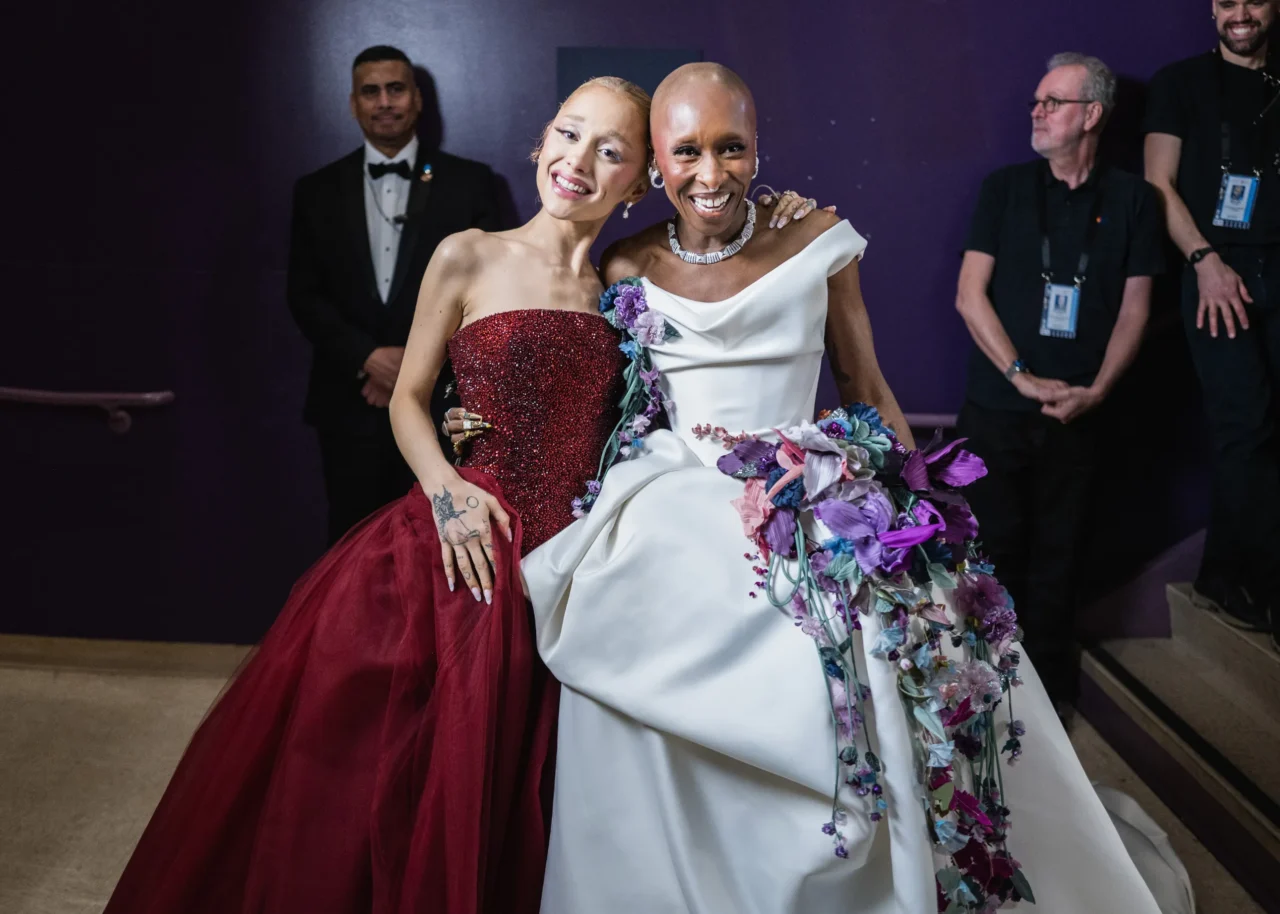I once had the pleasure of meeting Mizuki Nishiyama at an art exhibition and was instantly captivated by her joie de vivre. As the 25-year-old greeted her guests with a kind and open demeanour, one could not help but feel a liking towards her. Although she has a Japanese name, Mizuki is fluent in six languages including English, Italian, and Cantonese, which she attributes to her mixed (Italian, Japanese, and Hong Kong) heritage. Her born-and-raised Hong Kong mother, as well as her Japanese father and grandmother all share a common love: their passion for art.
“Everything I have is attributed to my family. They all live a certain way that goes hand in hand with their unique practices, demonstrating a humble yet passionate way of embracing life that is forever drilled into my bones. I’ve shaped different aspects of myself based on them—I learnt the art of being unapologetic, fierce, and empathetic through my mother in the way she handles her oil paints; my father, who has two sides: one where he’s extremely detailed oriented through Alta Moda designs, and the other that’s spiritual and primal from playing the Flamenco guitar; my grandmother discerned respect, the abstraction of time, and unity through her Nihonga paintings and Koto. I notice myself having an interesting push and pull of many of these characteristics.”
View this post on Instagram
Her artistic style vastly differs from her demure appearance. It is only through careful observation that one can trace the sources of inspiration behind her work. “I’ve noticed that feeling “half” or only a legitimate percentage of who they are based on their racial or cultural makeup is a common experience amongst many mixed individuals. Humans are generally afraid of the unknown, so it makes sense that being blanketed by umbrella terms feels validating—I assume it’s an evolutionary instinct that makes us feel temporarily seen. As I grew older, I became aware that society plays a big role in this process of self identification. I refused to jam myself into pre-constructed slots, wishing instead to feel comfortable, empowered, and full within the hodgepodge that makes me who I am.”
Japanese traditional culture influences all of Mizuki’s works, including in her new tapestry Kami. However, her works are not a mere celebration of culture, but also a reflection of individualism, and perhaps even a rebellious spirit. “Conceptually, I tend to dive into darker imageries—the grotesque, the macabre—to possibly entice something thrilling, unfiltered, and even sexy into the narrative. I like these themes—they feel empowering. I use experiences and imagery such as the violence of menstruation, ironic themes of purity, Japanese shintoism, trauma, and vitality.”
View this post on Instagram
These are considered taboo topics people tend to avoid, but yet remain prominent across Mizuki’s works. For instance, the formal Japanese sitting position presented in her solo exhibition Seiza: Transgressing the Seated Body expresses the longstanding limitations placed on the Japanese woman. Another example is Shunga, her painted series whose theme of Japanese erotic art examines sensuality and vulnerability within bodies. “I don’t care much about stigma when I am fuelled by curiosity.” She believes that what others perceive as embarrassing or taboo are merely prejudices enforced on women by modern society. Her works reflect a sense of rebellion—she sees herself as simply righting these wrongs.
View this post on Instagram
Recently, Mizuki revamped her artistic style with her tapestry Kami (meaning God in Japanese, with reference to Shintoism, a Japanese animist and spiritual religion that looks to nature.) “Kami dives into the irony of purity, and its relationship to women. For example, the Dohyo of a sumo wrestling ring represents the Kami. Women can’t touch it because we menstruate and are deemed as “impure”. But when you think about it, the uterus is vital. It holds life. It is also oddly congruent with the violence of symptoms like menstrual blood and labour pains. The feminine experience goes hand in hand with the beautiful, as well as the grotesque.”
To assuage her doubts, or perhaps as a response to her heritage, Mizuki re-created God in her own vision. “Kami consists of white organic fabrics. Firstly, I burn them (conceptually killing God and the uneasiness within the male narrative). Secondly, I bury the fabrics in my native land (where my ancestors have been buried in since the 1400s, including members that committed Seppuku, an honourable and ritualistic form of suicide). Thirdly, the fabrics are taken back out (representing resurrection), then soaked in Japanese tea (specifically Hojicha for immunity) to nurture them back to health. They are then naturally weathered and washed by the rain in London. Finally, I use traditional stitching methods called Sashiko and Boro to sew them back together. The intensely laborious method combines all four natural elements: earth, wind, water, and fire. This is an attempt at reconstructing what it means to be a modern Japanese woman today, whilst also paying homage to the past, present, and future.”
View this post on Instagram
View this post on Instagram
An outstanding piece of contemporary artwork invokes contemplation in its audience. Mizuki’s pieces form both symbiotic and contrasting relationships between the delicacy of human nature and rigid social institutions. “It’s almost like a constant battle between an inner child who just wants to learn more, and parts of my adult self that try to comprehend ideas I have been subjected to.”
This seemingly paradoxical insistence is exactly what drives her endless pursuit for knowledge and an understanding of human nature.
View this post on Instagram
Editor
Cathy HuangCredit
Lead image: @miznegi via Instagram





